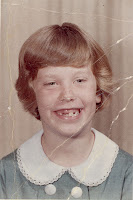If the sign-up sheets haven’t yet begun circulating in your office, don’t fret. They will soon.
The annual Girl Scout retail juggernaut is underway, spinning thousands of signatures into hundreds of millions of dollars in roughly six weeks’ time, a pace and margin of profit that is the envy of many CEOs. (I believe I have already committed to buying 16 boxes of Trefoils).
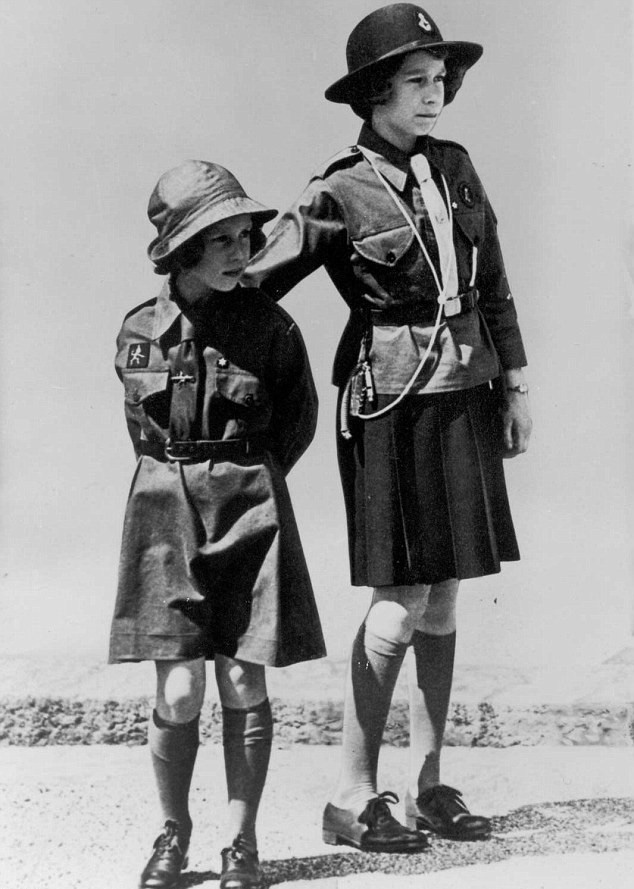
For fans of the original Netflix series, “The Crown,” both the future Queen of England Elizabeth and her sister Princess Margaret were Girl Guides (the European equivalent of Girl Scouts) in the Buckingham Palace troop. Princess Margaret eventually became the association’s president. Photo circa 1937. Source: http://www.dailymail.co.uk/femail/article-2147347/Diamond-Jubilee-Playing-castle-dungeons-Nazi-bombs-fell-Elizabeth-panto-princess.html
What began in 1917 as a modest troop fundraiser in Merle Haggard’s Muskogee, Oklahoma has become both a model of entrepreneurship and training program in “Life Skills 101.”
According to the Girl Scouts, young girls and women learn five basic skills: “goal setting, decision making, money management [boxes are priced at $4 each], people skills, and business ethics.” And consistent with the times we live in, cookie sales in at least two national councils–Houston and Minneapolis–have gone mobile. A website to help support young scouts establish an online sales presence is found here.
Girls Scouts and their moms have not baked cookies in decades, even though an enterprising troop leader in Chicago created an inexpensive cookie recipe in the 1920s.
 Two companies, Little Brownie Bakers, a subsidiary of Keebler, and ABC Bakers, are licensed to bake the cookies and may choose to produce among eight varieties, three of which–Thin Mints, Trefoils, and Peanut Butter Sandwich cookies–are mandatory. And there is some autonomy among troop councils as to which varieties they sell (provided they sell “The Big Three”), and which names they use: “Samoas” aka “Caramel deLites.”
Two companies, Little Brownie Bakers, a subsidiary of Keebler, and ABC Bakers, are licensed to bake the cookies and may choose to produce among eight varieties, three of which–Thin Mints, Trefoils, and Peanut Butter Sandwich cookies–are mandatory. And there is some autonomy among troop councils as to which varieties they sell (provided they sell “The Big Three”), and which names they use: “Samoas” aka “Caramel deLites.”
Other useful bytes of information about cookies:
- They have little or no trans fat and no preservatives or artificial flavors
- Vegan “Thin Mints” are now available
- Little Brownie Bakers does not use any high fructose syrup in its cookies
- The packaging is sustainable
Not all adjustments to the nutritional value of the cookies, however, have succeeded. For example, low-fat and sugar-free varieties didn’t sell well and are no longer produced. They are cookies, after all. And some varieties, “Mango Cremes,” a vanilla and coconut cookie filled with a tangy mango-flavored crème; “Upside-Downs,” oatmeal treats with sweet frosting on the bottom; and my own fleeting favorite, “Dulce de Leche,” bite-sized cookies with milk caramel chips will never again see the inside of a cookie jar or sack lunch.
That’s the way the cookie crumbles.
I was a Girl Scout in Arlington in the mid-1960s, and was one of the legions of young girls selling cookies. In those days, the operation was pretty low-tech. I would come home from school, change into my uniform, and hit the houses in my neighborhood unaccompanied (something I cannot imagine a Scout doing today), lugging my cardboard carton of 12 boxes of the Big Three. No driving around with a parent, no meet-ups with other scouts and mothers to sell cookies in front of a grocery store or library, no sign-ups sheets carried by my father to his office. Just me, my carton and my sales pitch.
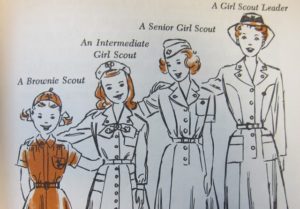 To the list of life skills that cookie selling teaches, I would add: self–confidence; the ability to look an adult in the eye; perseverance (I refused to quit going door-to-door until every box was sold); the value of team work and how achieving something individually (selling my share) contributes to the greater good (troop camping trips).
To the list of life skills that cookie selling teaches, I would add: self–confidence; the ability to look an adult in the eye; perseverance (I refused to quit going door-to-door until every box was sold); the value of team work and how achieving something individually (selling my share) contributes to the greater good (troop camping trips).
In fact, it’s the camping trips I most remember from my years as a Girl Scout. The fun of being outdoors and hiking, telling ghost stories and sleeping (only sometimes; I was notorious in my troop for keeping everyone awake all night with my joking and clowning around) in huge canvas tents with wooden floors. And cooking foil-wrapped dinners.
Most people have tried their hand at making “S’mores,” the campfire confection first recorded in “Tramping and Trailing with the Girl Scouts” (1927). While S’mores are tasty, I prefer the campfire treat favored by my Troop: a red apple (Fuji or Gala work best), cored and filled with the candy “Red Hots,” wrapped in foil and baked over a camp fire. Sweet, cinnamony, spicy, nutritious (well, sort of) and delicious.
For that treat alone, I would turn back the clock.
Shameless plug for Girl Scouts: Arlington girls interested in joining a troop or adults interested in volunteering their time and skills to serve as troop leaders and mentors, should consult http://gscnc.org. The current scout focus is the G.I.R.L. initiative which stands for: Go-getter, innovator, risk taker and leader.
Were you a Girl Scout with a story to share?
I would love to hear from you in the comments section below.
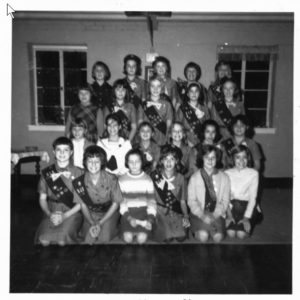

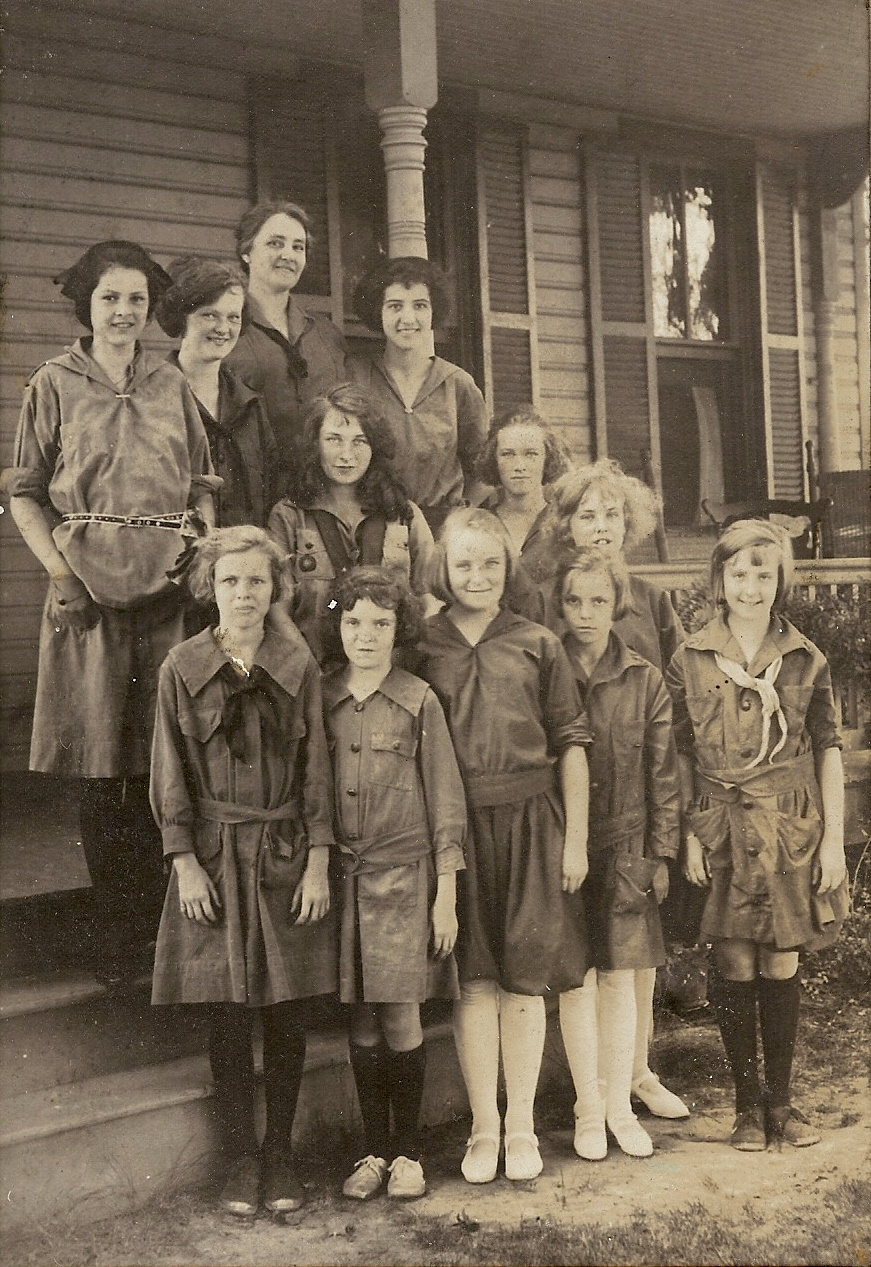

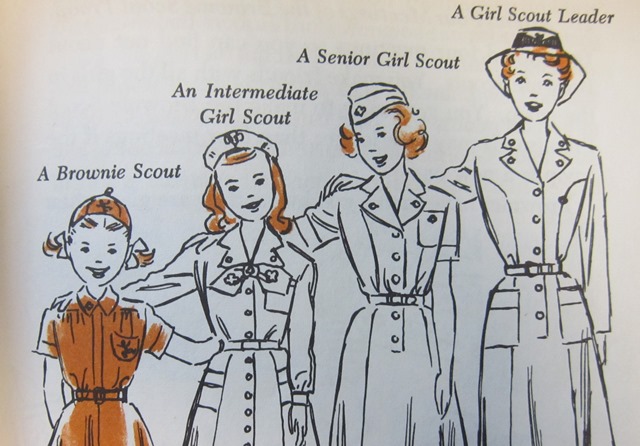

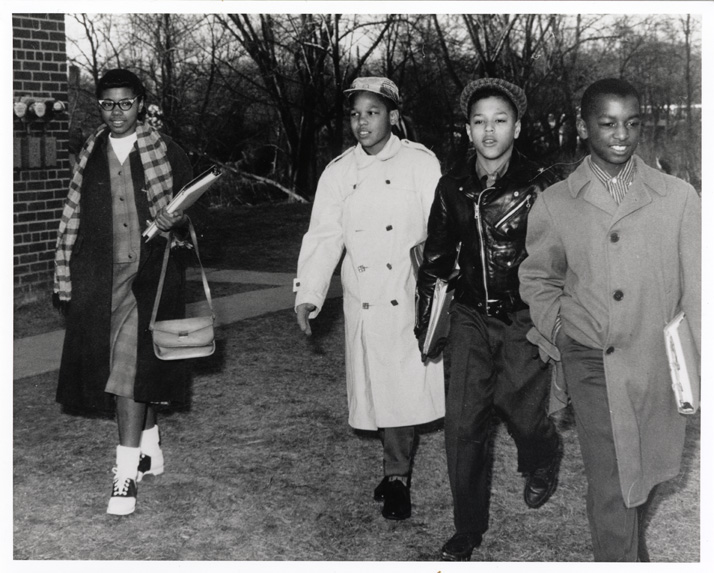
 Baseball became a part of my life on a cool evening in the late summer of 1960 at Griffith Stadium in a game between the New York Yankees and the Washington Senators. The Yankees won. And from that evening on, I was hooked on both baseball and the Yankees.
Baseball became a part of my life on a cool evening in the late summer of 1960 at Griffith Stadium in a game between the New York Yankees and the Washington Senators. The Yankees won. And from that evening on, I was hooked on both baseball and the Yankees. 